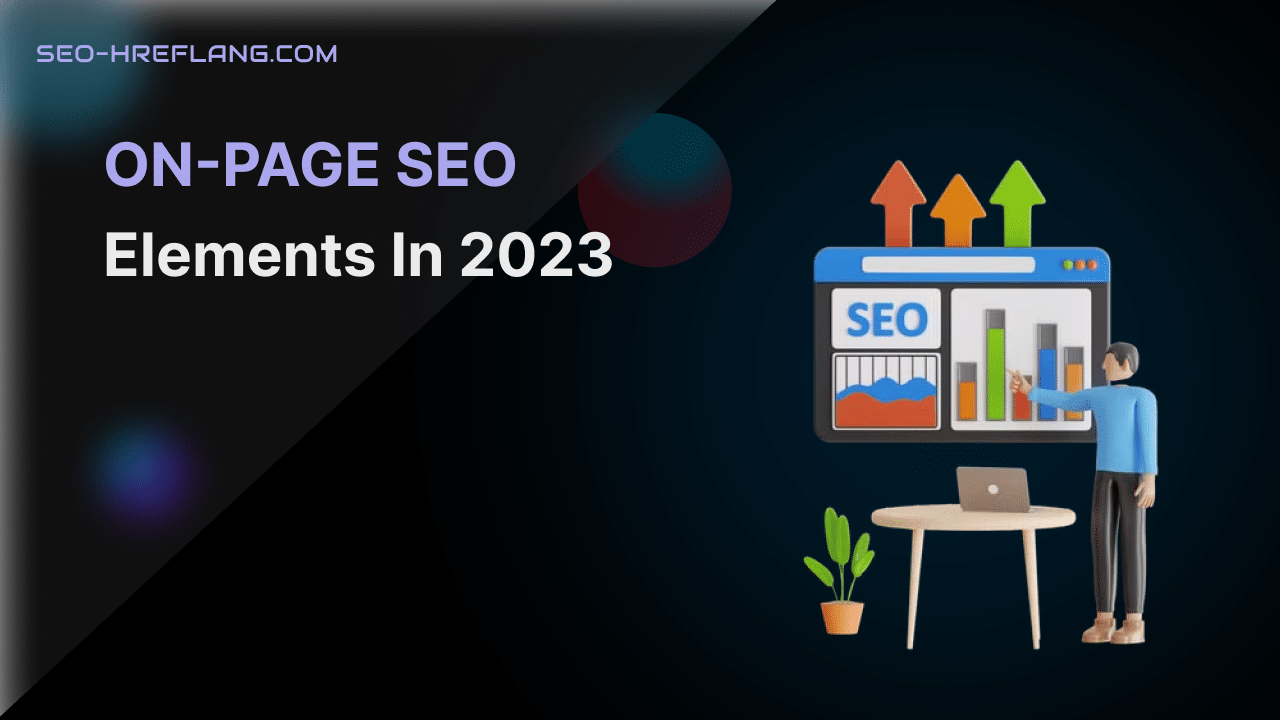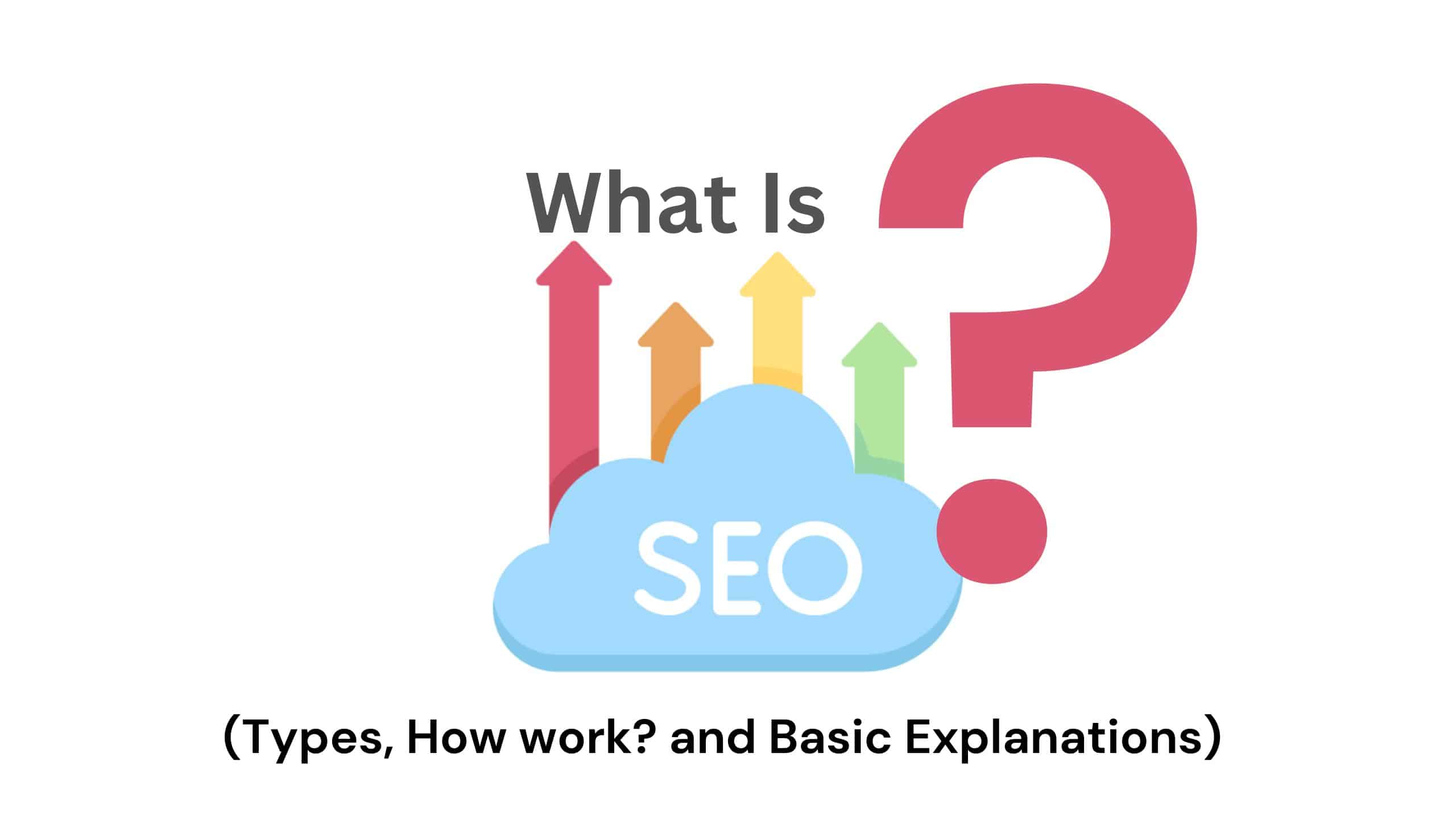On-page SEO refers to the optimization strategies employed directly on web pages to improve their visibility and search engine rankings. It complements off-page SEO techniques that focus on external factors like backlinks. On-page SEO aims to enhance user experience, meet search engine guidelines, and create valuable content for users.
1. Content Optimization:
>> High-Quality and Relevant Content: The cornerstone of on-page SEO is high-quality, relevant content that addresses user intent. Search engines prioritize content that provides value to users, answers their queries, and satisfies their needs.
>> Keyword Research and Targeting: Effective keyword research helps identify the terms and phrases users are searching for. Targeting the right keywords allows content to appear in relevant search results.
>> Content Structure and Formatting: Well-structured content with clear headings, paragraphs, and bullet points enhances readability. It also helps search engines understand the content’s hierarchy.
>> Use of Headings (H1, H2, H3, etc.): Headings divide content into sections and improve readability. The H1 tag should convey the main topic, while H2, H3, etc., organize subtopics.
>> Keyword Density and Placement: Keyword optimization should be natural and avoid keyword stuffing. Placing keywords strategically within the content helps search engines understand the context.
>> Image and Video Optimization: Optimizing multimedia elements with descriptive filenames, alt tags, and captions improves accessibility and search engine visibility.
>> Internal and External Linking: Internal links guide users to related content within the same website, improving navigation. External links to reputable sources add credibility.
>> User Engagement Metrics: Metrics like bounce rate, time on page, and click-through rate provide insights into user engagement and content quality. High engagement signals content relevance.
2. HTML Elements and Technical SEO:
>> Title Tags and Meta Descriptions: Title tags and meta descriptions provide a brief overview of the content and influence click-through rates from search results.
>> URL Structure: Descriptive and user-friendly URLs enhance user experience and convey content relevance to search engines.
>> Header Tags (H1, H2, H3, etc.): Header tags structure content and help search engines understand the hierarchy of information.
>> Meta Tags (Keywords, Robots, etc.): While meta keyword tags are no longer a major ranking factor, other meta tags like robots, language, and viewport contribute to technical optimization.
>> Canonical Tags: Canonical tags specify the preferred version of a webpage if duplicate content exists, preventing indexing issues.
>> Mobile-Friendly Design and Responsive Layouts: Mobile optimization is crucial, as search engines prioritize mobile-friendly websites. Responsive designs adapt to various screen sizes.
>> Page Loading Speed and Performance: Fast-loading pages improve user experience and search engine rankings. Compressed images, minimized code, and efficient hosting contribute to speed.
>> Schema Markup and Structured Data: Schema markup enhances search results with rich snippets, providing additional information about content (e.g., ratings, reviews, events).
>> XML Sitemaps and Robots.txt: XML sitemaps help search engines crawl and index pages effectively. The robots.txt file guides bots on which pages to crawl or avoid.
>> SSL and HTTPS Implementation: Secured websites with SSL certificates (HTTPS) are preferred by search engines, as they prioritize user data protection.
3. User Experience (UX) and Design:
>> Readability and Typography: Readable fonts, appropriate font sizes, and sufficient contrast between text and background improve readability.
>> Page Layout and User-Friendly Design: Clear and organized layouts with proper spacing and visual hierarchy enhance user experience.
>> Mobile Optimization: Responsive design ensures websites are accessible and functional on various devices, promoting positive user experiences.
>> Clear Call-to-Actions (CTAs): CTAs guide users to take desired actions, such as signing up for newsletters or making purchases.
>> Breadcrumb Navigation: Breadcrumb navigation aids user navigation and provides context within the website’s structure.
>> 404 Error Pages and Redirects: Customized 404 error pages offer helpful navigation options. Proper redirects (301 and 302) preserve link juice and maintain user experience.
>> Accessibility and ADA Compliance: Websites should adhere to accessibility guidelines (e.g., Web Content Accessibility Guidelines) to accommodate users with disabilities.
4. On-Page SEO Best Practices:
>> Avoiding Duplicate Content: Duplicate content can lead to ranking issues. Canonical tags, proper redirects, and unique content help avoid duplication.
>> Utilizing LSI Keywords: Latent Semantic Indexing (LSI) keywords are related terms that enhance content relevance. They provide context to search engines.
>> Balancing Keyword Optimization and Natural Language: Content should prioritize readability and natural language while incorporating keywords in a way that sounds natural.
>> Regularly Updating and Refreshing Content: Updating outdated content with fresh information and current data signals to search engines that the content remains relevant.
>> Monitoring and Analyzing Performance: Regularly tracking analytics provides insights into user behavior, engagement metrics, and the effectiveness of on-page SEO strategies.
>> Keeping Up with Algorithm Updates: Search engine algorithms evolve. Staying informed about updates ensures that on-page SEO techniques align with the latest best practices.
On-page SEO elements are multifaceted and interconnected, shaping the digital presence of websites. By focusing on content quality, technical optimization, user experience, and best practices, website owners and SEO professionals can create an online environment that is both search engine-friendly and user-centric. Continuous refinement of on-page SEO strategies is essential to adapt to evolving search engine algorithms and user expectations, ensuring sustainable online visibility and success.





